KFC Logo Design: History & Evolution

Image Source: https://global.kfc.com/ | Image Courtesy: KFC
When you think of finger-licking good chicken, one iconic image springs to mind: the KFC logo design. This emblem has evolved over the years, transforming into a symbol synonymous with fast food and comfort. If you're a graphic designer, chances are, you've marveled at the artistry behind the KFC logo design, wondering about its journey from a simple storefront sign to an international symbol of taste.
From its inception to the sleek modern rebrand, the history and evolution of the KFC logo design are rich with creativity and innovation. This article is a deep dive into that world, aimed at graphic designers who are curious to explore the intricate details that went into crafting such a globally recognized logo. Whether you're a seasoned professional or a budding designer, join us as we take a flavorful trip down the lanes of design history, uncovering the secrets behind the success of the KFC logo design. It's more than just a logo; it's a testament to the power of visual storytelling in the world of branding. Stay tuned for a delightful read!
KFC Logo Design History
1954 - 1959
The period from 1954 to 1959 marked a fascinating chapter in the history of the KFC logo design. During these years, the logo exuded a sense of charm and character that was unique to its time. The full name of the chain was penned in a handwritten style of font, with distinct brush strokes on the ends adding a personal, artistic touch to the design.
What set this version of the KFC logo design apart was the creative italicization of all the letters "C" in the inscription. This subtle twist brought a playful flair to the otherwise traditional branding, giving it a distinctive personality. The playful theme was further emphasized by the addition of four whimsical chickens that appeared to have just popped out of their eggs. Positioned next to all the capital letters, these little chicks gave the logo a sense of life and fun that was unique to this era.
This early stage of KFC logo design reflects a whimsical approach to branding, encapsulating the spirit of innovation and creativity. It showcases how even simple tweaks, like italicizing a letter or adding illustrative elements, can infuse a design with character and resonance. For graphic designers exploring the roots of modern branding, this era of KFC logo design offers valuable insights into imaginative and engaging visual storytelling.

Image Courtesy: KFC
1959 - 1978
The KFC logo design underwent a significant transformation in 1959 that would lay the groundwork for the brand's visual identity for nearly two decades. This phase of the logo introduced a captivating hand-drawn typeface, which spelled out "Kentucky Fried Chicken." The enlarged first letters “K,” “F,” and “C” acted as the focal points, resonating with the brand's acronym, and creating a harmonious link between the name and its initials.
But what truly marked this era of the KFC logo design as groundbreaking was the inclusion of Colonel Sanders' portrait on the right of the wordmark. This addition not only humanized the brand but also created a connection with its founder and the values he embodied. It was a masterstroke in branding, turning the logo into a symbol of quality and tradition.
For graphic designers, this period of the KFC logo design is an excellent study in how to balance aesthetics with brand messaging. The seamless integration of typography and imagery, the conscious decision to enlarge specific letters, and the emotive addition of a portrait—each element was meticulously crafted. It's a testament to how thoughtful design can transform a logo from mere text into a compelling brand story, something that continues to inspire designers to this day.

Image Courtesy: KFC
1978 - 1991
The KFC logo design underwent a striking transformation in 1978, embracing modernity while retaining its brand essence. This redesign saw a strategic repositioning of the emblem to the left side of the wordmark. The wordmark itself was rearranged into three distinct floors, giving it a unique tiered appearance that felt fresh and contemporary.
One of the standout features of this KFC logo design was the enlarged lettering, particularly the “K,” with its elongated tail. This new typeface wasn't just a shift towards modern aesthetics; it also added dynamism and flow to the logo. The extended tail of the "K" created a sense of movement, drawing the eye across the design and adding a touch of sophistication.
For graphic designers analyzing the evolution of branding, this phase of the KFC logo design provides a rich lesson in adaptability and innovation. It demonstrates how a brand can embrace contemporary trends without losing its core identity. The careful selection of typeface and the thoughtful rearrangement of elements reflect a keen understanding of design principles. It's an inspiring example of how to breathe new life into a classic logo, balancing innovation with a respectful nod to the past, a case study in effective logo redesign that continues to resonate in the world of design.

Image Courtesy: KFC
1991 - 1997
The 1991 redesign marked a dramatic turning point in the history of the KFC logo design, mirroring a major shift in the brand's identity. That year, Kentucky Fried Chicken officially changed its name to KFC, and the visual identity underwent a transformation to reflect this new era.
Color made its grand entrance into the KFC logo design, infusing it with energy and vibrance. The Colonel's portrait, an enduring symbol of the brand, was reimagined in blue and white, giving it a more lifelike and friendly appearance. This was not merely a change in palette but a statement of the brand's renewed focus on connection and warmth.
Complementing this was the bold red lettering of the wordmark, framed by a red rectangular at the top. The new KFC logo was now bright and remarkable, a visual declaration of a brand with big plans and ambitions. It communicated power, energy, and a forward-thinking approach.
For graphic designers, this phase of the KFC logo design exemplifies how color and form can be harnessed to tell a brand's evolving story. It's a lesson in boldness and creativity, illustrating how a well-established brand can reinvent itself while staying true to its roots. This era in KFC's visual journey continues to inspire, reflecting the brand's ability to adapt, innovate, and connect with its audience.

Image Courtesy: KFC
1997 - 2006
The KFC logo design took another significant leap in 1997, thanks to a redesign by Landon Associates agency. This new version manifested a distinctive square emblem with a red and white background. The iconic Colonel's portrait underwent a fresh update, with the KFC wordmark in bold red now tastefully placed on his tuxedo.
This shift in the KFC logo design was more than a mere aesthetic change; it was part of a broader transformation within the brand. Along with the new logo, KFC simultaneously made considerable alterations to its restaurants' interior and exterior designs. The traditional mansard roof was replaced with a more contemporary flat one, and the tower was given a thicker, more robust appearance.
The synergy between the new logo and the architectural updates signaled a cohesive reimagining of the brand's visual identity. The refreshed logo encapsulated a sense of modernity and class, reflecting a brand that was evolving with the times while still honoring its heritage.
For graphic designers, this era of the KFC logo design illustrates the integral relationship between branding and physical space. It emphasizes how logo design isn't just a visual stamp but a part of a holistic brand experience. This phase in the KFC logo's evolution offers valuable insights into how design can be used to communicate change, ambition, and identity, serving as a case study for the powerful role of design in shaping brand perception.

Image Courtesy: KFC
2006 - 2018
The journey of the KFC logo design entered a new phase in 2006, capturing the essence of the brand with a modern twist. The redesign now showcased a deep red circle, framing a more refined image of the Colonel. But this time, the Colonel's attire was updated from a tuxedo to an apron, signaling a return to the roots and emphasizing the brand's core connection to food preparation.
Placed to the left of the Colonel's face, the KFC wordmark in white stood out, merging seamlessly with the overall design. This era also saw the use of a monochrome version of the emblem, paying tribute to the original logo from 1952. This nostalgic nod was more than just an aesthetic choice; it was a reminder of the brand's legacy and time-honored values.
For graphic designers, this iteration of the KFC logo design offers a rich exploration of how modern design can coexist with heritage. The subtle changes in color, typography, and imagery reflect a conscious effort to marry tradition with innovation. Whether it's the change of attire in the Colonel's portrait or the thoughtful homage to the original logo, this period in KFC's visual history is a testament to the brand's ability to evolve while staying true to its identity. It's a vivid example of how design can communicate both change and continuity, resonating with today's audience while honoring the past.

Image Courtesy: KFC
2014 - 2018
The KFC logo design underwent a subtle yet impactful evolution in 2014, simplifying its appearance while maintaining its iconic elements. The changes were characterized by a shift to a monochrome color palette, emphasizing the timeless qualities of the brand.
In this design, the classic portrait of the Colonel was set above the KFC wordmark. However, it was now free of any framing or solid background, creating a more minimalistic and clean appearance. The wordmark itself was rendered in a bold black serif typeface, a decision that lent a sense of sophistication and modernity to the design.
The beauty of this phase in the KFC logo design lies in its restraint and thoughtful execution. By stripping away additional details and focusing on core elements, the logo managed to communicate the essence of the brand with a fresh clarity. It's a lesson in the power of simplicity and how a well-crafted design can capture a brand's identity without unnecessary embellishment.
For graphic designers, this period of the KFC logo design is a masterclass in minimalism and a reminder that sometimes, less is more. By embracing a monochrome palette and focusing on essential elements, the logo achieved a contemporary look that resonated with the brand's heritage, a valuable insight into the timeless principles of effective logo design.

Image Courtesy: KFC
2018 - Present
The KFC logo design that emerged in 2018 was a respectful nod to the brand's history, taking inspiration from the 1959 version but with carefully considered modifications. The transformation was subtle yet significant, focusing on refining details that resonate with the brand's core values.
The font was meticulously updated, with cleaner ends that gave it a sleek and modern touch, bridging the past with the present. But the standout feature of this iteration was the portrait of the Colonel, which was reimagined to exhibit a more realistic and detailed appearance.
By bringing back elements of the old brand image, KFC sent a clear message: the company has preserved the values of its founder, no matter how many years have passed. This latest phase in the KFC logo design beautifully encapsulates the delicate balance between honoring tradition and embracing change.
For graphic designers, this version of the KFC logo design offers rich insights into the art of brand rejuvenation. It demonstrates that sometimes, revisiting the past with a fresh perspective can breathe new life into a design. It's a celebration of heritage, an affirmation of enduring values, and a masterstroke in how to refresh a logo without losing its soul. An inspiring lesson in design that blends the time-honored with the contemporary, it's a testament to the profound connection between a logo and the legacy it represents.

Image Courtesy: KFC
2018 - Present
The KFC logo design saw its last major redesign in 2018, a transformation that brought freshness and dynamism to the brand's visual identity. Shifting to a trapeze shape, the logo's geometry was redefined, and the portrait of the iconic Colonel was skillfully refined.
The white and red background, arranged in three vertical lines, created a vivid and eye-catching backdrop. The Colonel's face, rendered in a black contour, was strategically placed on the white line, enhancing the visual contrast. Beneath it, the KFC wordmark was italicized, adding an elegant flair to the design.
The updated KFC logo design is bright and welcoming, epitomizing characteristics that are perfectly suited for the fast-food industry. It's more than just a logo; it's an embodiment of warmth and hospitality. The choice of color, the subtle italicization of the wordmark, and the meticulously crafted portrait all come together to create a friendly and inviting feel.
For graphic designers, this iteration of the KFC logo design is a shining example of how to revitalize a classic. It showcases the art of balancing tradition with innovation, maintaining brand recognition while introducing new and engaging elements. The 2018 KFC logo stands as a beacon of effective design, reflecting the essence of the brand and connecting with its audience in a way that feels both familiar and exciting. It's a valuable lesson in the power of well-thought-out design and how it can reinforce a brand's message across generations.

Image Courtesy: KFC
Analysis: KFC Logo Design Evolution
The KFC logo design evolution is a fascinating journey through time, reflecting not only the growth of a global fast-food giant but also the changing tastes and trends in design. It offers a window into how a brand can continually reinvent itself while preserving its core identity. Let's delve into five key points that define the KFC logo's transformation, each offering unique insights and lessons for graphic designers.
Embracing Simplicity and Tradition (1954 - 1978)The early years of the KFC logo design were marked by handwritten fonts and illustrations that conveyed warmth and authenticity. From brush strokes to italicized letters, the emphasis was on uniqueness and character. The decision to revive these elements in later years showcases the power of embracing simplicity and tradition in design, proving that even in an ever-changing world, timeless aesthetics still resonate.
Adaptation to Modern Trends
This era saw the KFC logo design modernizing its typeface and introducing sleek elements, like the elongated tail of the "K." The changes mirrored the growing trend towards modern and contemporary design, demonstrating how a brand can stay relevant by aligning with prevailing design philosophies. This adaptation to modern trends is a testament to the logo's flexibility and the importance of being attuned to the changing design landscape.
Bold Colors and Energetic Presence
The introduction of bright colors and bold lettering in the 1991 KFC logo design was a clear departure from previous versions. It created a more energetic and dynamic brand image, reflecting the company's ambition and plans for growth. The usage of vibrant colors teaches us that thoughtful experimentation with color can infuse a logo with new life, enhancing its visual appeal and emotional resonance.
Striking a Balance between Past and Present
The KFC logo designs during these years maintained the core elements while introducing significant refinements. The blend of red and white, the incorporation of modern shapes, and thoughtful adjustments to the Colonel's portrait reflected a perfect balance between heritage and innovation. The lesson here is the art of striking the right balance, demonstrating how a brand can pay homage to its history while injecting fresh, contemporary touches.
Consistent Evolution and Brand Identity
From monochrome palettes to the refined trapeze shape, the most recent iterations of the KFC logo design underscore the brand's commitment to evolution while preserving its distinct identity. The consistent fine-tuning and the decision to bring back vintage elements in a new light show the importance of aligning a logo with a brand's values and story. It's a reminder that consistent evolution is not about random change but a purposeful journey that deepens the connection with the audience.
The KFC logo design evolution is a masterclass in the multifaceted world of branding and design. It's an inspiring tale of how design can be a powerful tool in storytelling, mirroring a brand's journey, values, and vision. Graphic designers can glean valuable insights from this evolution, applying lessons of simplicity, adaptation, color experimentation, balance, and consistent growth to their own creative endeavors. Whether you're a seasoned designer or just starting your journey, the KFC logo's transformative path offers timeless lessons that transcend trends and continue to inspire.

Image Source: https://www.instagram.com/kfc/ | Image Courtesy: KFC
The Philosophy & Meaning Behind KFC Logo Design
Understanding the philosophy and meaning behind a logo is akin to uncovering the soul of a brand. The KFC logo design, with its iconic imagery and strategic evolution, encapsulates more than just the visual identity of a fast-food chain. It speaks volumes about the brand's ethos, its relationship with customers, and its stance in the global market. In this section, we'll explore five key aspects of the philosophy and meaning that make the KFC logo design a compelling study for graphic designers.
Personal Connection and Legacy
The portrait of Colonel Sanders, the founder of KFC, is not just an emblem; it symbolizes the personal touch and legacy that he left behind. The continuous presence of his face throughout various redesigns signifies the commitment to original recipes and quality. It’s a masterstroke in branding, creating a human connection and trust that resonates with customers.
Warmth and Hospitality
The persistent use of red in the KFC logo design isn't merely a stylistic choice. Red, a color often associated with warmth, passion, and hospitality, encapsulates the brand’s desire to create a welcoming environment. The strategic use of red communicates a subconscious message of comfort and friendliness, essential for a brand that prides itself on customer service.
Evolution and Adaptation
The KFC logo has undergone several transformations in shape and typography, reflecting the brand's adaptability and willingness to evolve. From the handwritten fonts of the early years to the modernized typeface, the logo’s evolution mirrors the brand's growth and its ability to adapt to market trends without losing its core identity.
Global Recognition and Consistency
The KFC logo design strikes a balance between uniqueness and consistency. Despite the changes over the years, the iconic elements such as the Colonel's portrait and the specific color palette remain. This consistency ensures global recognition and creates a cohesive brand image across various platforms and locations. It's a lesson in maintaining brand integrity while exploring new design avenues.
Honoring Tradition while Innovating
The philosophy behind the KFC logo design embraces both innovation and tradition. The revisiting of old designs, blended with fresh elements, demonstrates a respect for the brand's roots while simultaneously expressing a forward-thinking approach. This delicate balance tells a story of a brand that honors its past but is unafraid to innovate.
The KFC logo design is more than an eye-catching visual; it's a thoughtful representation of the brand's philosophy and meaning. The careful choice of color, the human connection through the founder's portrait, the adaptability, the global consistency, and the perfect blend of tradition and innovation all come together to create a logo that resonates with people around the world. For graphic designers, the KFC logo serves as an inspirational example of how design can be a powerful vehicle to convey deeper messages and values. It stands as a testament to the multifaceted role that design can play in shaping a brand's perception and success.

Image Source: https://www.instagram.com/kfc/ | Image Courtesy: KFC
What Can We Learn from KFC Logo Design
The KFC logo design is more than a mere visual representation of a global fast-food chain. It's a rich source of inspiration, lessons, and insights that extend far beyond the realms of design aesthetics. From the original concept to the various evolutionary stages, the KFC logo design offers a masterclass in branding, creativity, and marketing communication. In this section, we'll explore five invaluable lessons that graphic designers and brand strategists can learn from the KFC logo design.
Understanding Brand Identity and Culture
The KFC logo design offers a remarkable example of how to translate a brand's identity and culture into a visual form. By keeping Colonel Sanders' portrait as a consistent element, KFC has been able to create a logo that speaks to its heritage, values, and commitment to quality. Lesson: Tailor your design to truly reflect the brand's identity and culture, considering both historical roots and future aspirations.
Strategic Use of Color and Imagery
The red and white color scheme and the strategic positioning of the Colonel's portrait are not mere artistic choices. They are carefully chosen to evoke feelings of warmth, hospitality, and trust. Lesson: Think beyond aesthetics and consider the psychological impact of colors and imagery. Align them with the brand's personality and the emotions you want to evoke.
Balancing Innovation with Consistency
The KFC logo design teaches us the importance of balancing innovation with consistency. While it has seen multiple redesigns, the core elements remain the same, preserving brand recognition. Lesson: Don't be afraid to innovate and refresh a design, but maintain key elements to ensure consistency and recognition across different versions of the logo.
Adapting to Market Changes and Trends
From handwritten fonts to modernized typefaces, the changes in the KFC logo design reflect the brand's adaptability and responsiveness to market trends without losing its essence. Lesson: Stay attuned to market changes and be willing to adapt your design to stay relevant, but never at the cost of the brand's core identity.
Telling a Story Through Design
The KFC logo design isn't just a static image; it tells a story of tradition, quality, and growth. Each redesign adds a new chapter, contributing to a cohesive narrative. Lesson: Consider how your design tells a story. A logo isn't just a symbol; it's a visual narrative that can communicate the brand's journey and vision.
The KFC logo design is a rich source of insights for graphic designers and brand strategists alike. It provides valuable lessons in understanding and expressing brand identity, using color and imagery strategically, balancing innovation with consistency, adapting to market changes, and storytelling through design. The ability to extract these lessons from the KFC logo design allows us to see beyond the surface and recognize the thoughtfulness and strategic planning that goes into creating a timeless and resonant logo. It encourages us to approach our design projects with a deeper awareness and a more holistic perspective, shaping not only the visuals but the very essence of a brand.
Conclusion
The journey through the history and transformation of the KFC logo design illuminates much more than mere aesthetic shifts. It tells a story of innovation, brand consistency, adaptability, and strategic thinking that resonates well beyond the fast-food industry. For graphic designers, the KFC logo design serves as an exemplary case study, showcasing how visual elements can embody a brand's soul, evolve with the times, yet remain faithful to its roots. As we continue to shape visual identities in a constantly changing market, the insights gleaned from the KFC logo design journey provide a rich foundation for thoughtful and impactful design.
Let Us Know What You Think!
These fantastic logo design articles are written and curated by Kreafolk's team. We hope you enjoy our information and remember to leave us a comment below. Cheers!

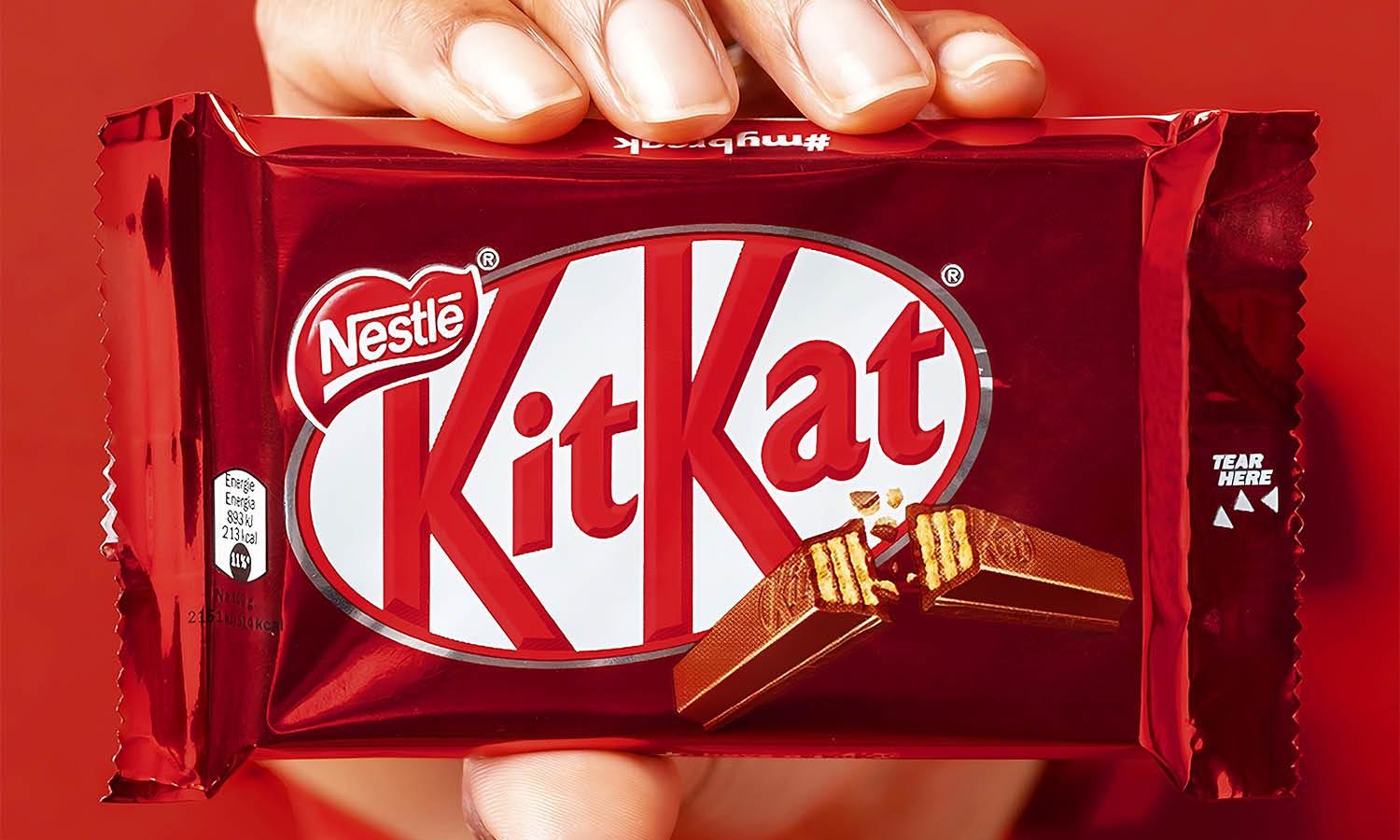
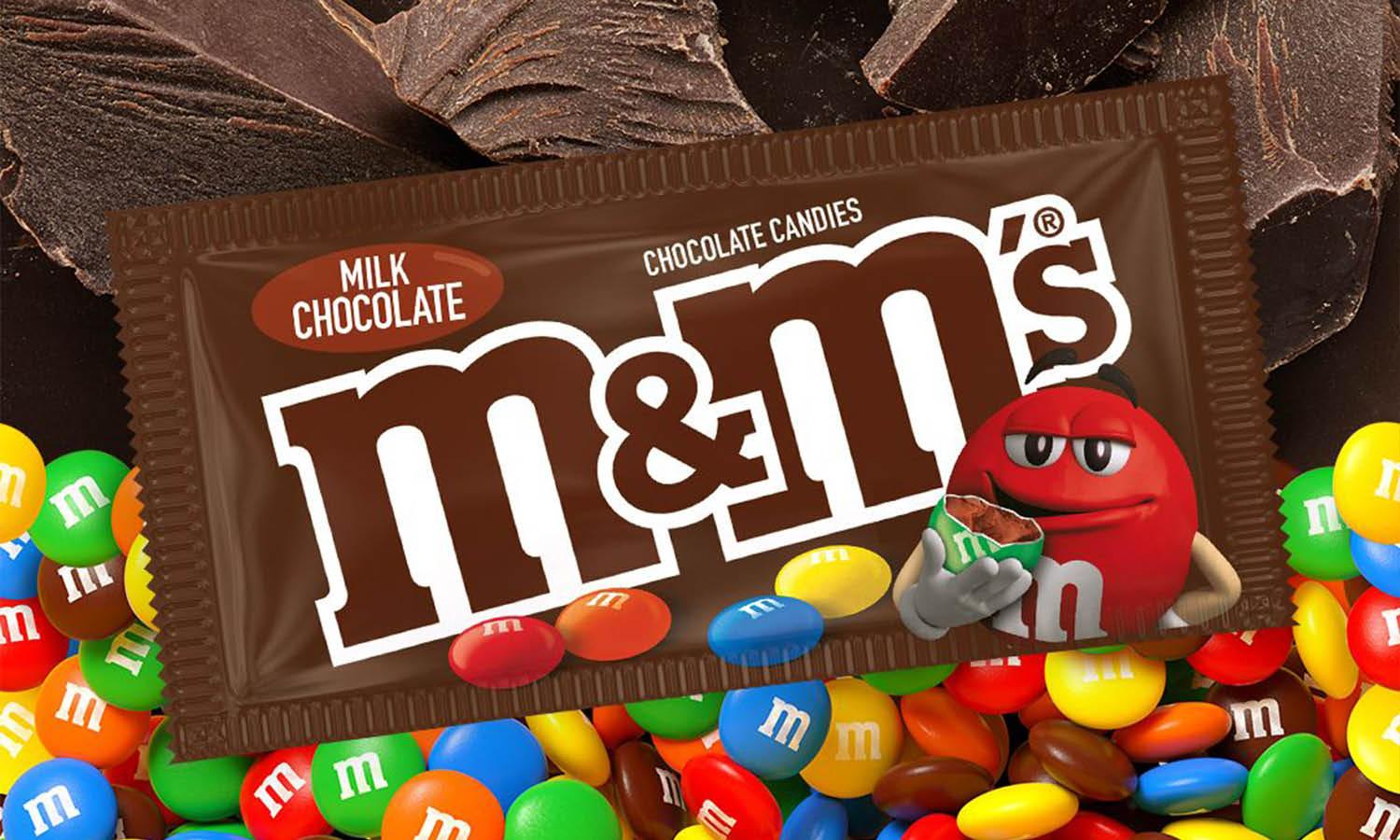
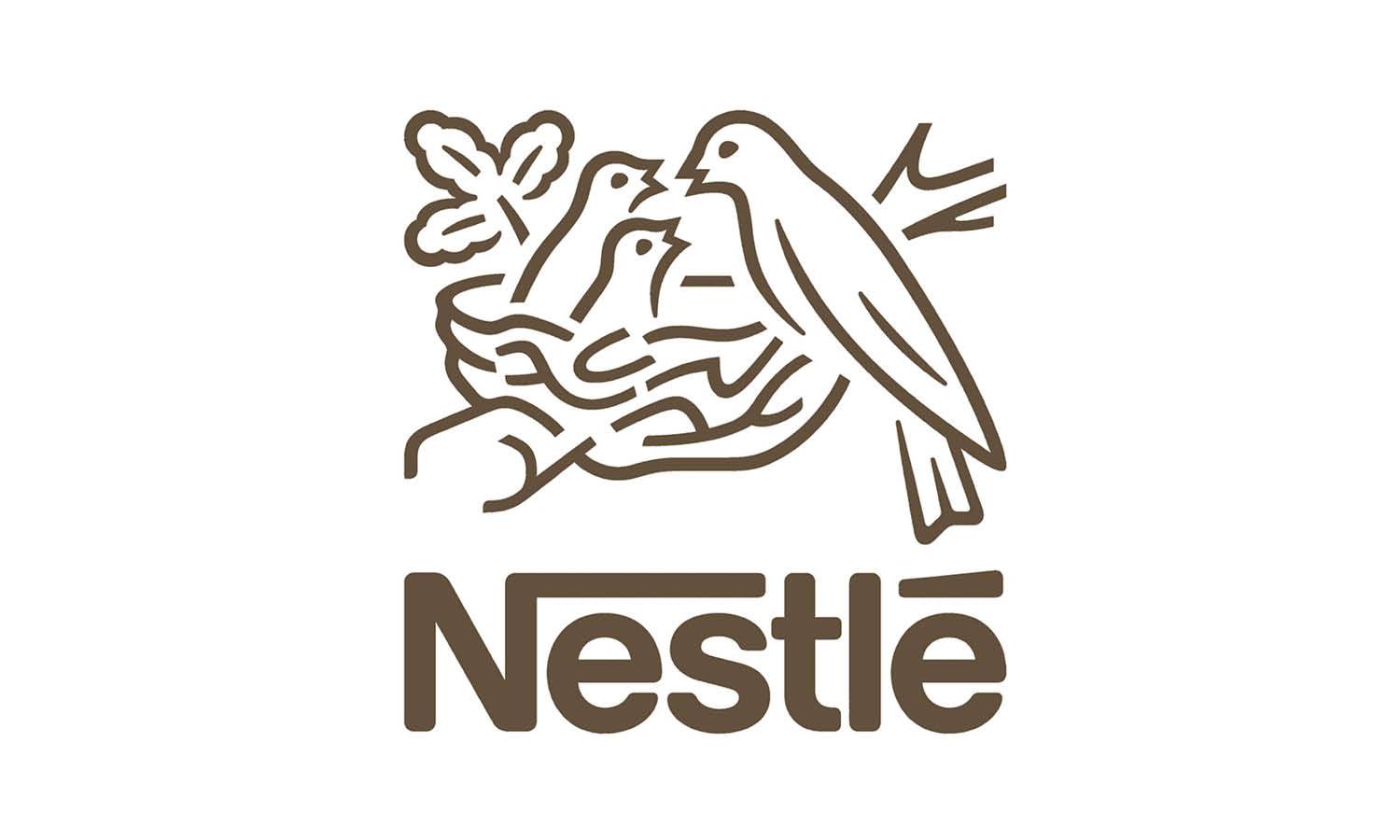
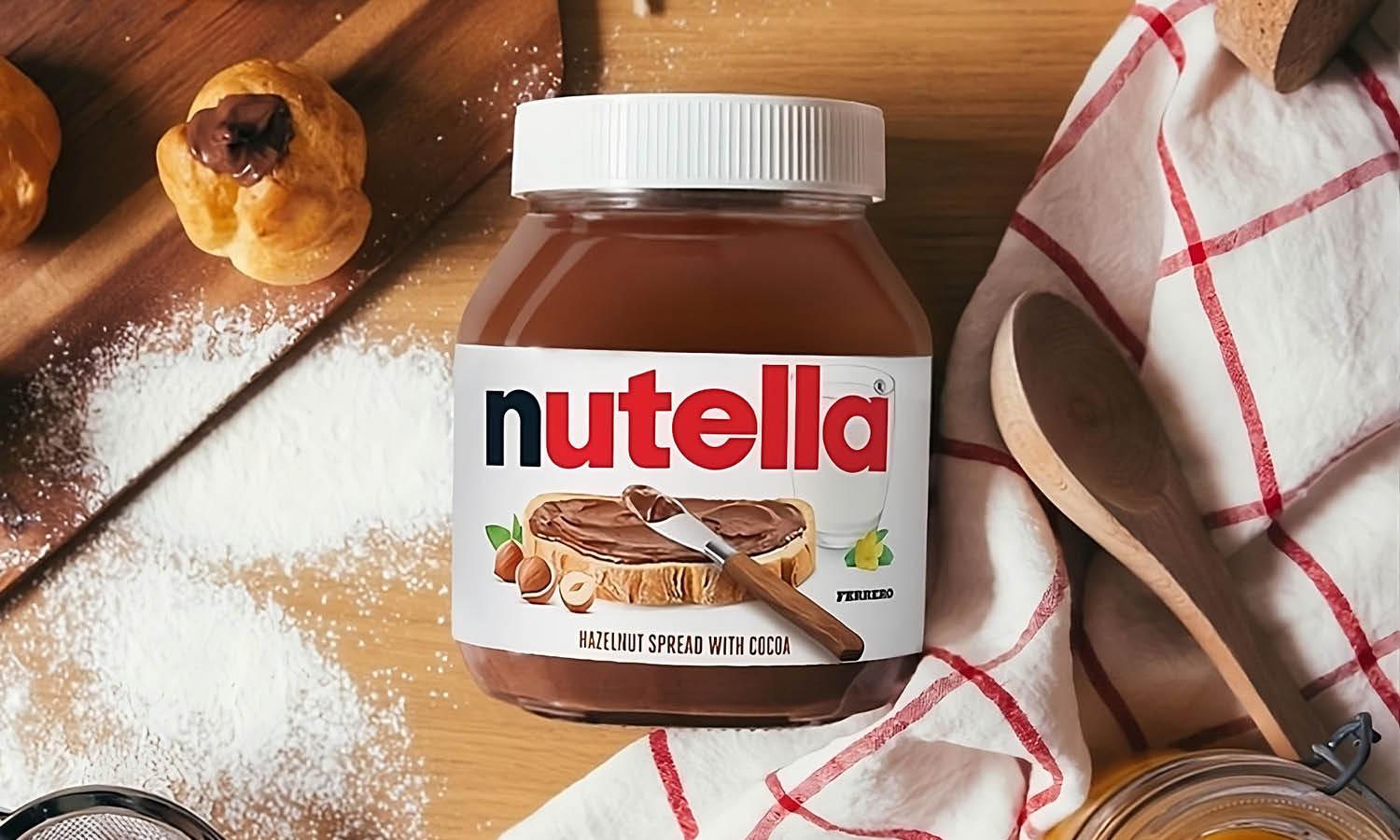
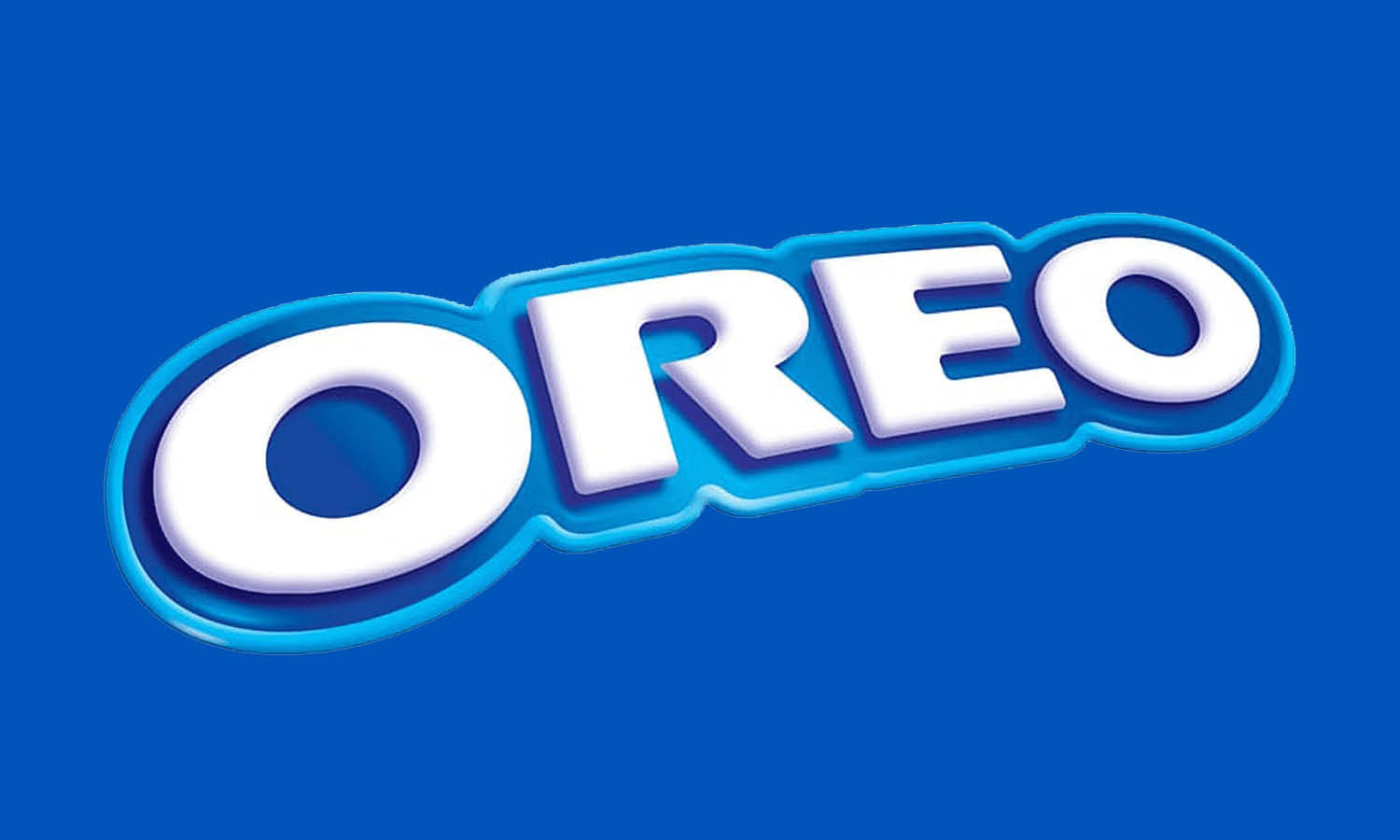

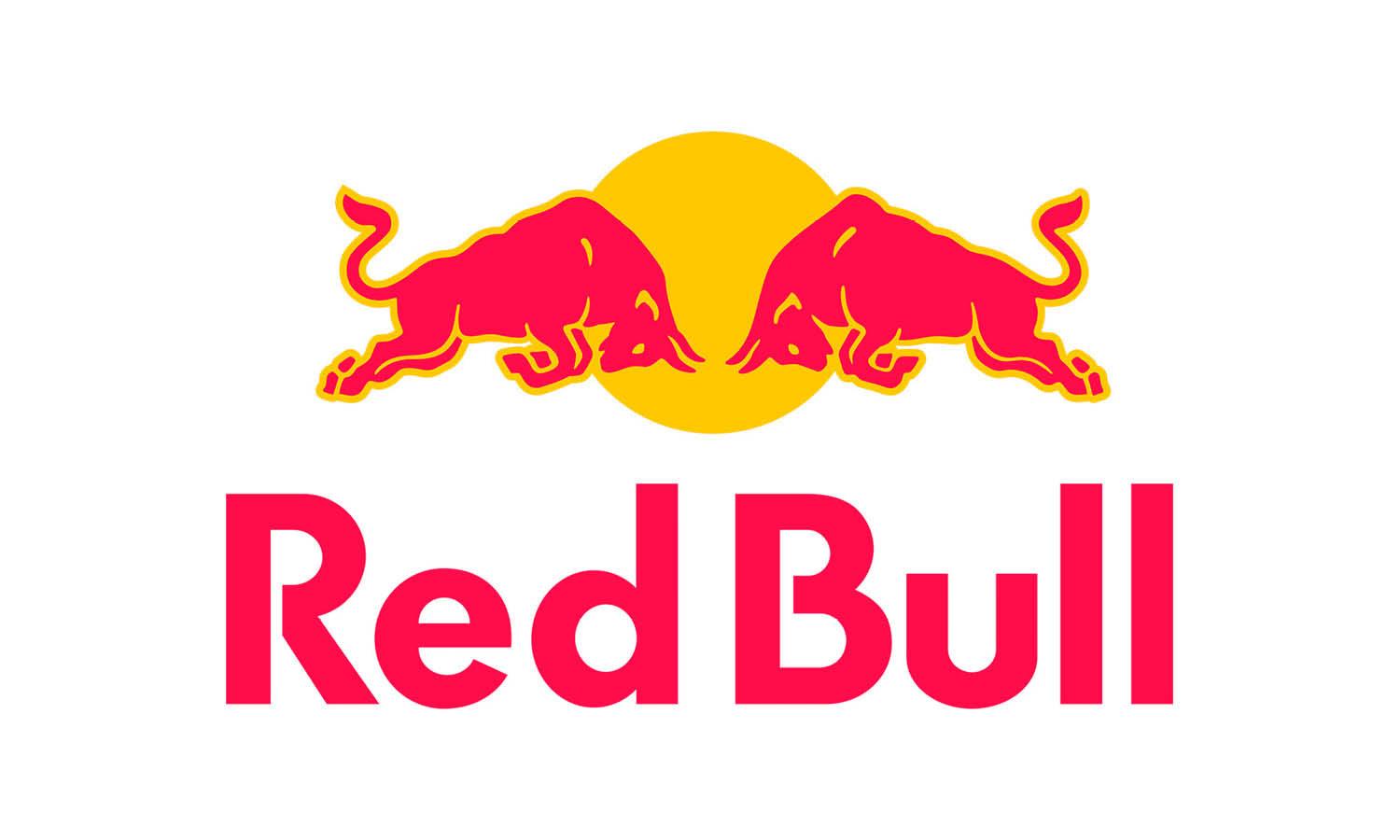








Leave a Comment